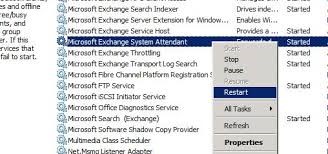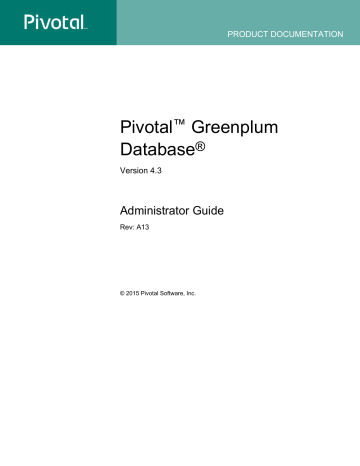

- #Exchange public folder database check dirty sh software#
- #Exchange public folder database check dirty sh Offline#
- #Exchange public folder database check dirty sh download#
Only then is the database regarded as "detached" from the log files and in a clean shutdown state.

For a database to be consistent, all transactions recorded within the log files must be committed to the database (EDB files) before the database is shut down. This process is known as Write-Head Logging. Whenever a read/write/update operation (or transaction) occurs on the database, it is first written to the memory, then to the log files, and finally to the database. The Exchange database (EDB) file contains multiple such pages. In Exchange 2010, each page size is 32 KB. The ESE or Jet Engine of an Exchange database includes data served in "Pages". Why ESEUTIL is Needed to Repair Exchange 2010 Database? y – Performs a fast copy of large files. k – Verifies checksum on all database pages, log files, and checkpoint files. m – Displays database file headers, transaction log files, checkpoint files, page header information, database page allocation, and metadata. g – Verifies page level and ESE level logical database integrity. r – Replays transaction log files to restore a database to internal consistency. c – Displays restored log files and control hard recovery after restoration from legacy online backups. Moreover, it fixes individual tables but not the links between the tables. p – Repairs corrupt Exchange database by discarding pages that cannot be repaired.
#Exchange public folder database check dirty sh Offline#
d – Defragments the offline database to reduce its gross size on the disk by discarding most empty pages and rebuilding indexes. Here's a list of ESEUTIL Exchange 2010 switches: There are several switches that can be used with the utility to perform different operations. It is automatically installed, along with the Exchange Server. The utility is located in the Bin Directory and is used in database operations such as integrity check, offline defragmentation, database repair, checksum test, etc.
#Exchange public folder database check dirty sh software#
Further, the article explains the process to repair corrupt, inconsistent or damaged Exchange database by using an Exchange recovery software when Eseutil fails to fix the problem.ĮSEUTIL and Associated Switches in Exchange 2010ĮSEUTIL is a command-line utility, aimed at repairing minor issues within the Extensible Storage Engine (ESE) or Jet Engine of Exchange database. This article focuses on ESEUTIL - one of the most widely used inbuilt command-line utilities that can be used to repair the Exchange 2010 database in situations of Exchange database errors.

Among those measures include the knowledge of handy tools and utilities that can save the day when common fixes don't resolve the problems. Thus, prompting the Exchange administrator to take immediate measures and get everything back to working. Unexpected technical, software or human errors keep cropping up that interrupt the normal flow of activities on the Exchange server. And no matter how simple it may seem, it is not an easy task. In this case, 19.3.Among the different tasks an Exchange Administrator is expected to perform daily, the tricky one is to ensure that the server keeps running without glitches.
#Exchange public folder database check dirty sh download#
The link to download is: Īfter downloading the file (in my case, LINUX.X64_193000_db_home.zip), we need to copy it to the folder referring to the oracle version in the cloned folder. The second thing to do is download the binary files for the Oracle Database version of your choice. Create a docker image for Oracle Database.įirstly, download or clone the files of the repository.For these scenarios, using a Docker image is a great ally, as we can have an exclusive bank available for our development activities. Another problem is that third parties' actions in a shared database can affect our tests or development. The big problem is that we are often unable to access a corporate server for our tests. We often need to create or run applications that rely on databases like Oracle or SQL Server.


 0 kommentar(er)
0 kommentar(er)
